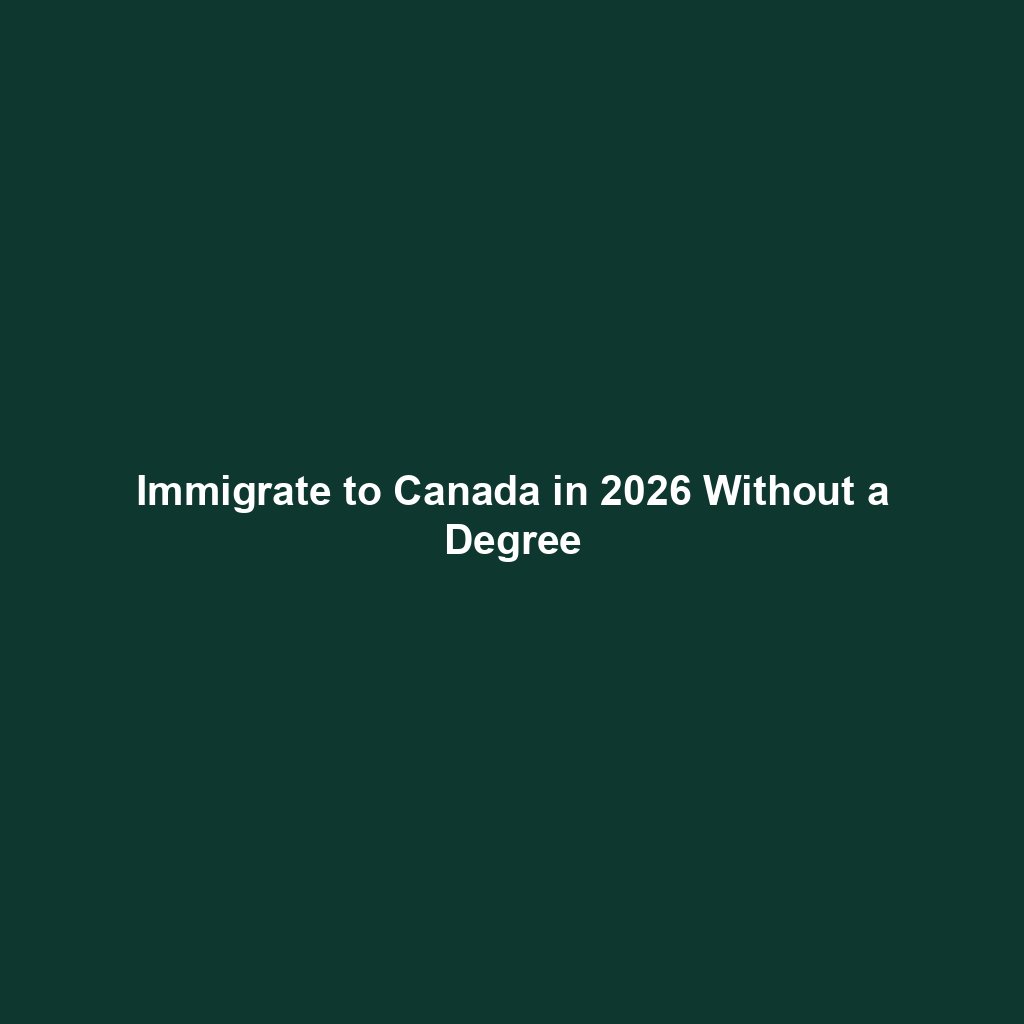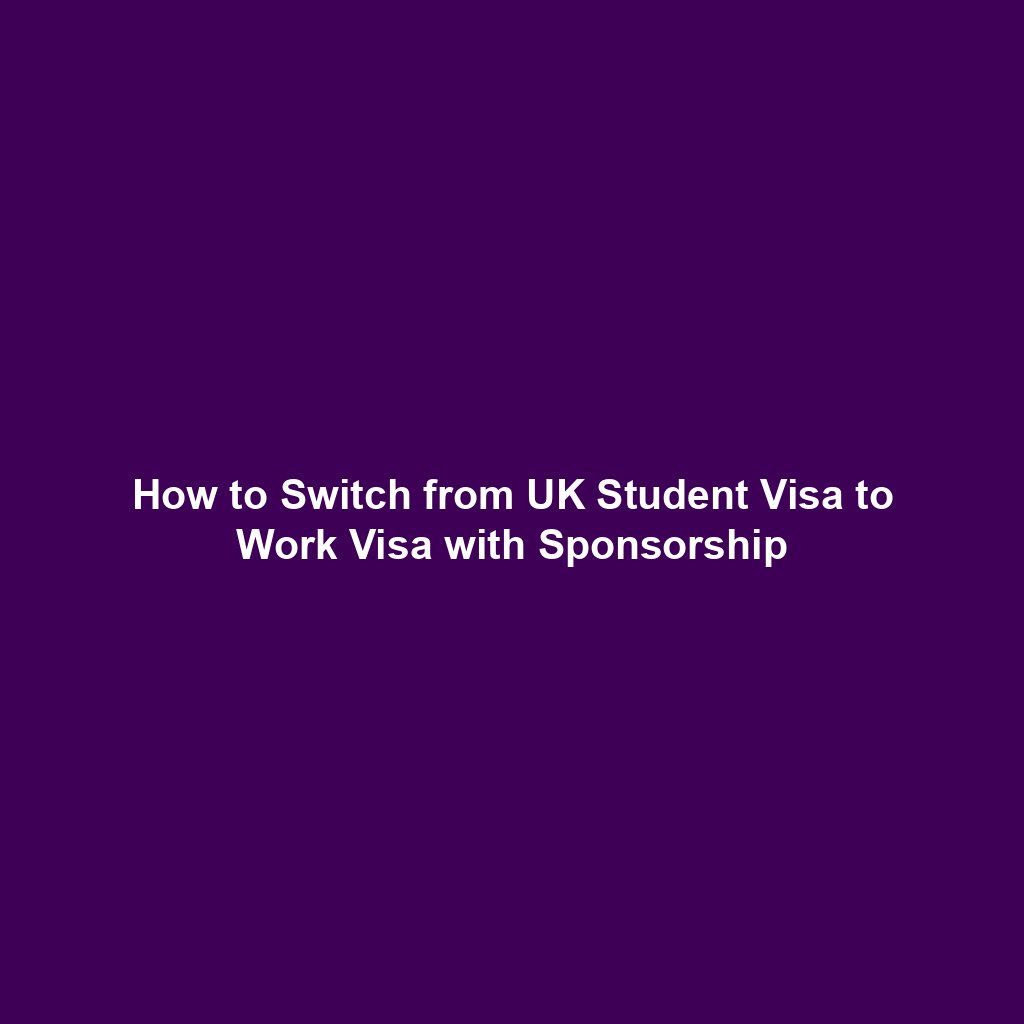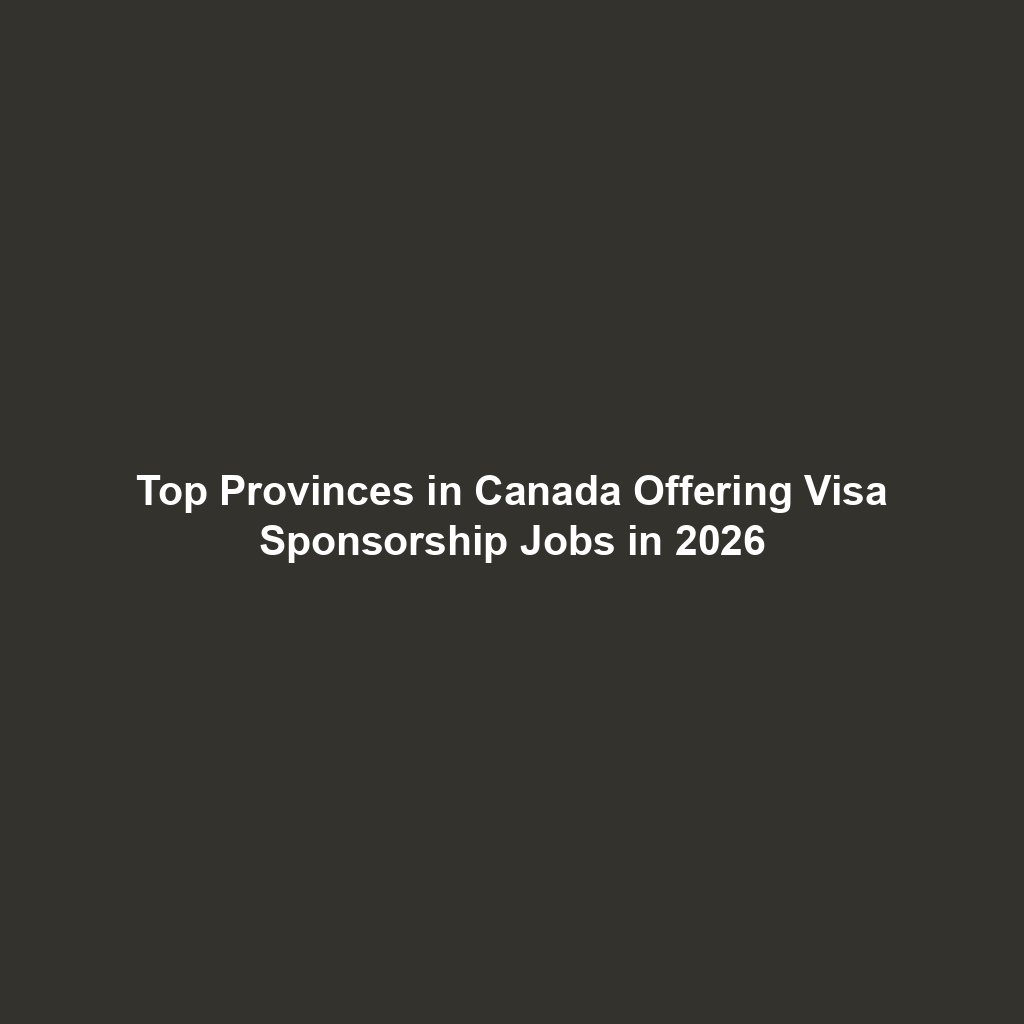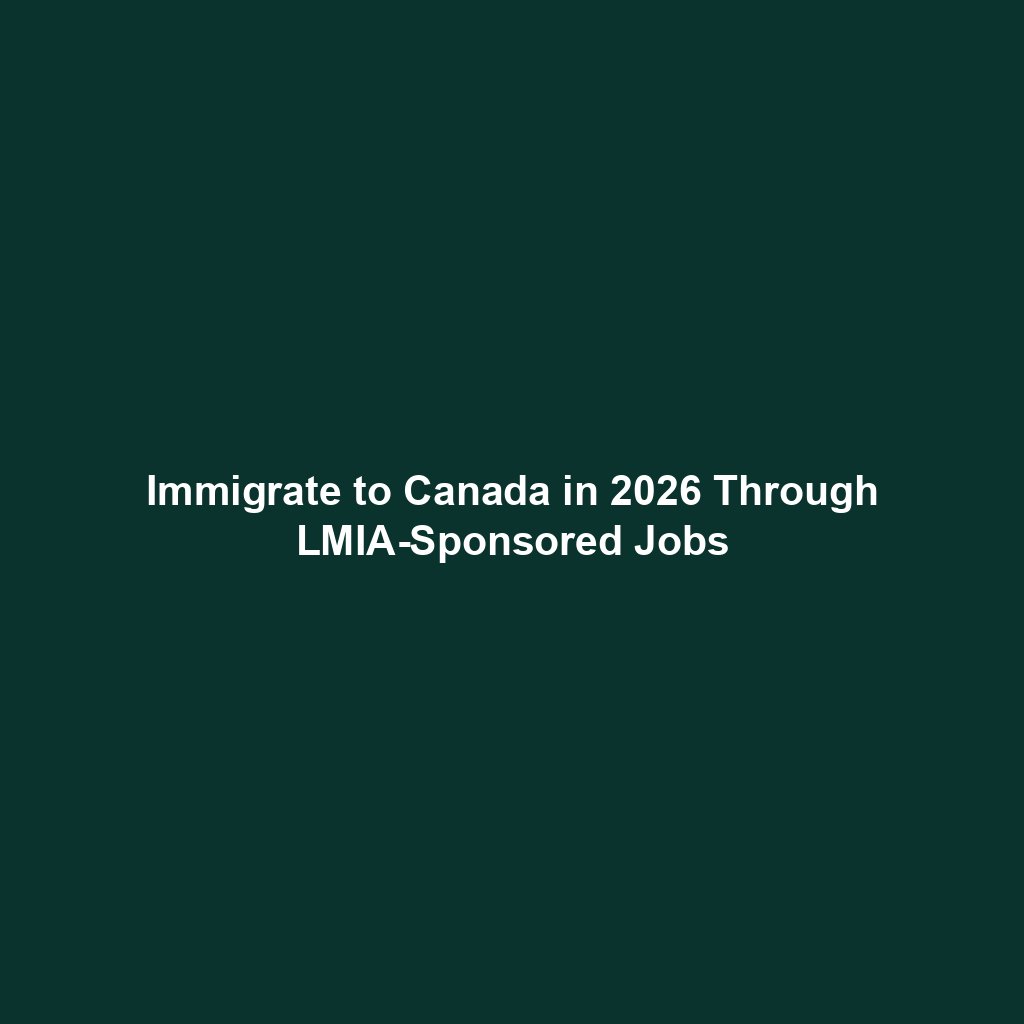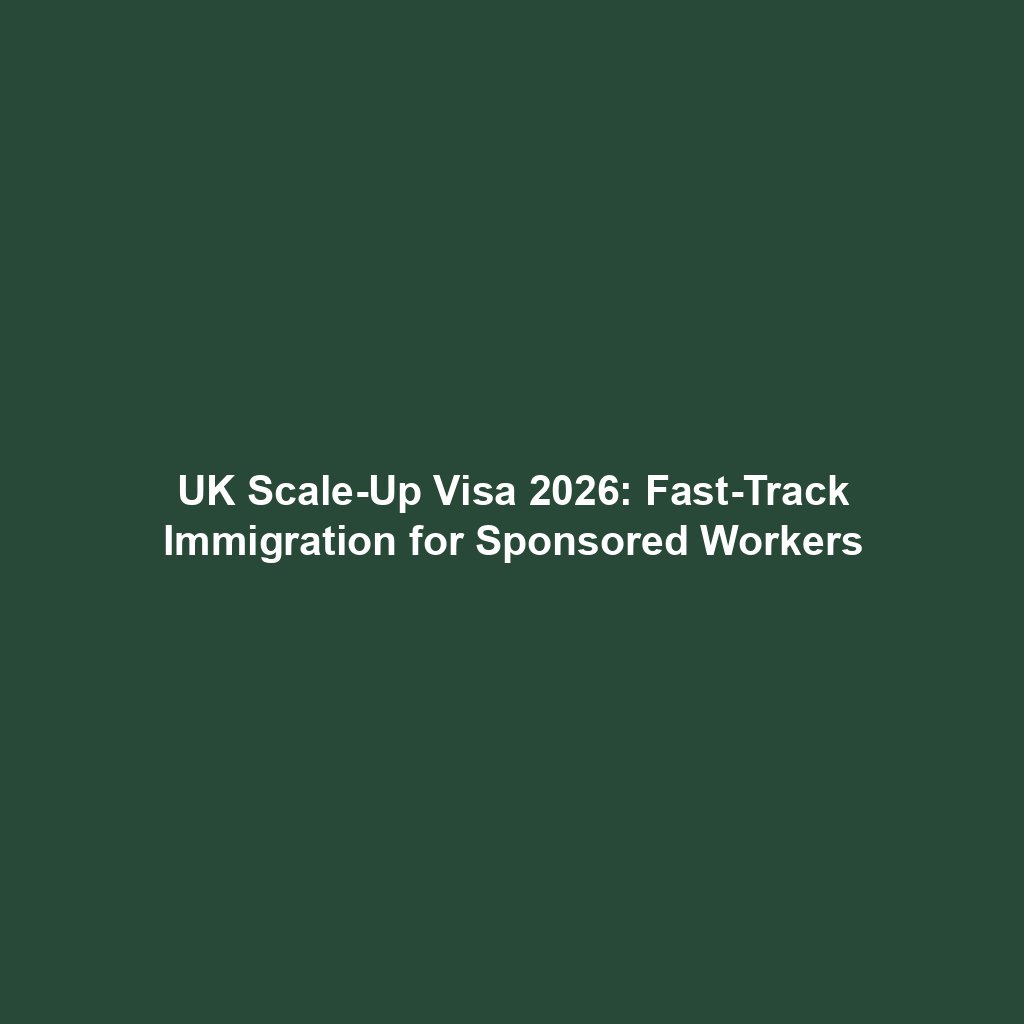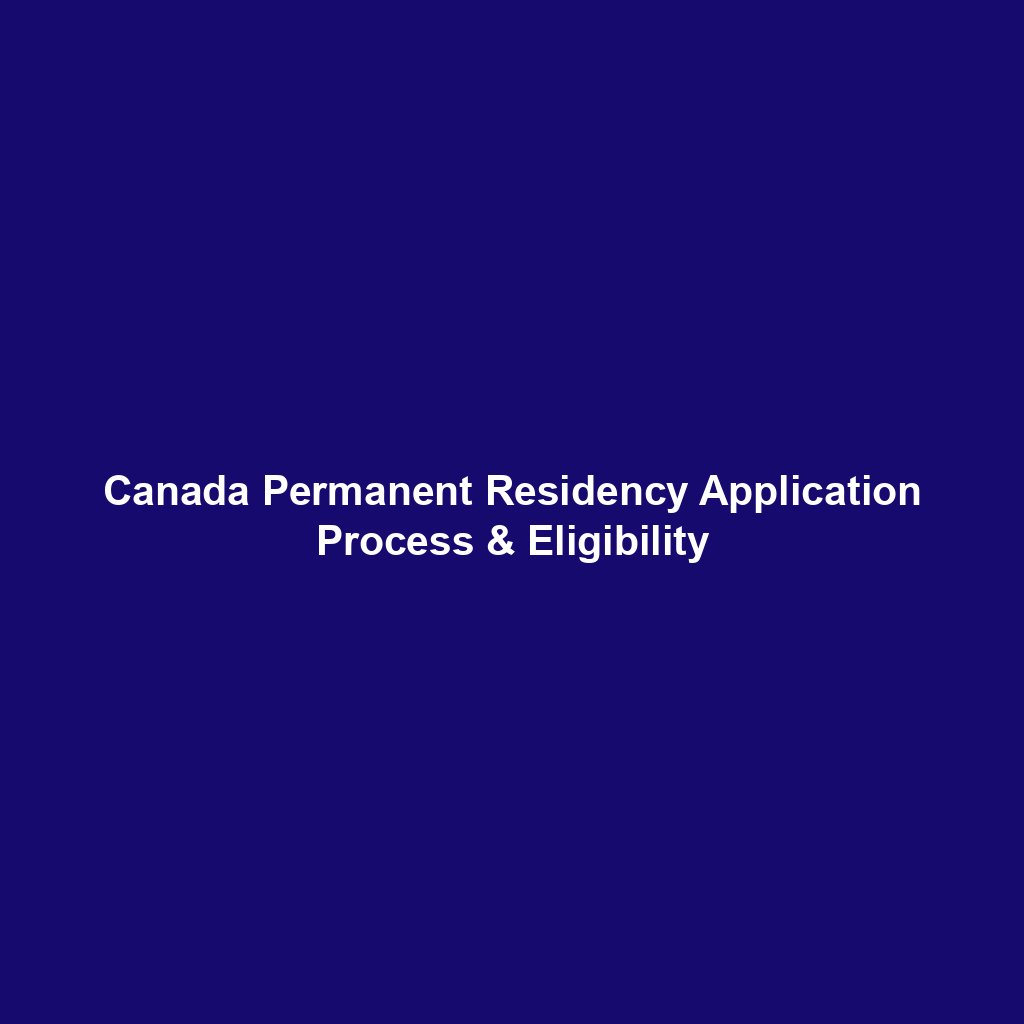Discover how to immigrate to Canada in 2026 with a sponsored job offer. Learn the step-by-step process, visa options, employer requirements, and how to secure a Canadian work permit.
Canada continues to be one of the top destinations for immigrants across the world. With a stable economy, high quality of life, and a friendly immigration system, thousands of people successfully relocate to Canada every year. One of the most efficient and reliable ways to move to Canada is by securing a job offer with visa sponsorship from a Canadian employer.
In 2026, Canada is prioritizing foreign workers to fill labour shortages in key industries such as agriculture, construction, healthcare, and logistics. If you’re serious about immigrating to Canada this year, getting a sponsored job offer could be your golden ticket.
This blog post breaks down everything you need to know—from finding a job, securing sponsorship, and applying for a work permit, to eventually transitioning to permanent residency.
Key Highlights
- 🧳 Job offer with visa sponsorship is a top pathway to Canadian immigration in 2026
- 🇨🇦 Many employers across Canada actively recruit skilled and unskilled foreign workers
- 🛂 You’ll need a Labour Market Impact Assessment (LMIA) for most job offers
- 📋 Sponsored job offers can lead to a work permit and even permanent residency
- 🌎 Workers from countries like Nigeria, India, the Philippines, and Pakistan are among top applicants
Why a Sponsored Job Offer is a Smart Way to Immigrate
A sponsored job offer simplifies your Canadian immigration process. Here’s why it’s one of the best options:
- Faster Processing: Work permits through sponsored jobs often get processed faster than other immigration streams.
- Employer Support: Your Canadian employer handles part of the paperwork and often pays the LMIA fees.
- Job Security: You arrive in Canada already employed, reducing financial stress.
- PR Pathway: Sponsored job holders often qualify for Permanent Residency through programs like the Express Entry, Provincial Nominee Program (PNP), or Atlantic Immigration Program (AIP).
Types of Sponsored Jobs in Canada
Whether you’re a skilled worker or looking for unskilled roles, there are job opportunities in 2026 for both categories.
Skilled Jobs
These jobs require a degree, diploma, or vocational training. Examples include:
- Nurses and healthcare aides
- Electricians and plumbers
- Software developers
- Welders and mechanics
- Truck drivers
Unskilled Jobs
These require little to no formal education or training. Common roles include:
- Farm workers
- Construction labourers
- Cleaners and janitors
- Food service staff
- Warehouse packers
🔗 Learn more: Top Unskilled Jobs in Canada for Immigrants in 2026
Visa Options for Sponsored Workers in Canada
1. Temporary Foreign Worker Program (TFWP)
This is the most common pathway. It allows employers in Canada to hire foreign workers for temporary jobs. Most roles under TFWP require an LMIA.
- Visa Type: Employer-specific work permit
- Eligibility: Valid job offer + positive LMIA
- Duration: Usually valid for 1–2 years
- Can Lead to PR?: Yes, with work experience
📍 Official Page: TFWP – Canada.ca
2. International Mobility Program (IMP)
This visa is for jobs exempt from LMIA, like intra-company transfers or those covered by trade agreements.
- Visa Type: Open or employer-specific
- Eligibility: Depends on job and applicant’s country
- Can Lead to PR?: Yes
3. Provincial Nominee Program (PNP)
Each province has its own stream to nominate workers based on their labour market needs. If you have a job offer in a particular province, you may be eligible.
- Visa Type: Work permit (later PR)
- Best For: People with job offers in specific provinces
- Can Lead to PR?: Absolutely
4. Atlantic Immigration Program (AIP)
For those with job offers in Atlantic provinces (Nova Scotia, Newfoundland, PEI, New Brunswick).
- No LMIA required
- Quick processing time
- Leads to PR
📍 Learn more: Atlantic Immigration Program
How to Get a Sponsored Job Offer in Canada (Step-by-Step)
Step 1: Identify Your Job Category
Decide if you’re applying for a skilled or unskilled role. This affects the job boards, employers, and immigration stream you’ll use.
Step 2: Search for Jobs from LMIA-Approved Employers
Use official job portals and filters for jobs with visa sponsorship:
- Job Bank Canada – Filter by “LMIA Approved”
- Indeed Canada – Use keywords like “visa sponsorship”
- CanadaVisa Job Board
- Workopolis
🔍 Tip: Always check if the employer is registered to hire foreign workers.
Step 3: Write a Canadian-Style Resume
Your resume should:
- Be one to two pages
- Focus on experience, not degrees
- Be written in a simple and professional tone
- Include references
Step 4: Apply and Prepare for Interviews
Once you find a suitable job:
- Apply directly on the employer’s website or job board
- Prepare for a Zoom or phone interview
- Be honest about your availability, English skills, and interest in immigrating
Step 5: Receive the Job Offer and LMIA
If selected, the employer will apply for an LMIA on your behalf. Once approved, they will send you:
- A formal job offer letter
- A copy of the positive LMIA
Step 6: Apply for Work Permit
With your job offer and LMIA, apply for a work permit through:
- IRCC Portal
- Nearest Visa Application Centre (VAC) in your country
📝 You’ll need:
- Valid passport
- Police clearance
- Medical exam
- Application fee (CAD $155–$255)
- Biometrics (fingerprints/photo)
Step 7: Travel to Canada and Start Working
Once approved, you’ll receive your Port of Entry (POE) Letter of Introduction and work permit. Present these to the immigration officer when you land in Canada.
🎉 You’re now legally allowed to work in Canada under your sponsored job!
Can a Sponsored Job Lead to Permanent Residency?
Yes, and this is one of the biggest advantages of a sponsored job in Canada. After gaining work experience, you can apply for PR through:
- Canadian Experience Class (Express Entry)
- Provincial Nominee Program (PNP)
- Atlantic Immigration Program (AIP)
- Agri-Food Pilot (for certain farm and meat processing jobs)
Work experience, language ability, and continued employment all improve your chances of settling permanently in Canada.
Conclusion
Immigrating to Canada in 2026 with a sponsored job offer is one of the most efficient and rewarding ways to start a new life abroad. Whether you’re aiming for a skilled job or an unskilled role, Canadian employers are actively hiring international workers.
With visa sponsorship, you not only gain employment but also unlock doors to permanent residency, healthcare, education, and a better future for your family.
Now is the time to take action. Start preparing your resume, apply to LMIA-approved jobs, and take that first step toward building your life in Canada.
👉 Ready to move to Canada? Begin your job search today and apply for visa sponsorship!
FAQs
1. Can I move to Canada without a job offer?
Yes, through programs like Express Entry or family sponsorship. However, a job offer increases your chances of getting approved, especially under PNPs.
2. How long does it take to process a sponsored work visa?
On average, 8 to 12 weeks depending on the country, job type, and completeness of your application.
3. Is visa sponsorship the same as a work permit?
No. A job offer with sponsorship helps you apply for a work permit, which then allows you to work in Canada.
4. Do I need IELTS for a sponsored job?
It depends. Some unskilled jobs may not require it, but many skilled jobs and PR applications will ask for an IELTS or CLB score.
5. How can I know if a job is LMIA-approved?
Search on Job Bank Canada or ask the employer directly if they have a valid LMIA.

